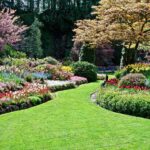Expert advice and ideas for creating a garden, lawn, and landscape plan that is both beautiful and functional.
The ideal of an uninterrupted sea of perfectly maintained lawn still appeals to many homeowners, but others are choosing a more casual, informal design for their yards. Whether you’re thinking of removing your great green expanse in favor of diverse plantings or going with the traditional and still-popular look of lawn, make sure your considerations go beyond aesthetics.
Practical Landscaping Considerations
When designing your home’s landscaping, be sure to keep your practical needs in mind. If you want a garden that is easy to maintain, keep it simple, using ground covers, mulch, or features such as pathways as main elements in your design. If you’re looking for improvements that could make your house easier to sell, pick a conservative lawn and border plants over wilder and more individualistic choices.
Privacy
Do you need extra privacy? Consider using trees and shrubs to demarcate your property and provide a sense of enclosure while avoiding a fortress look. Growing (softscape) elements can actually offer more privacy than hardscape features such as fences and walls because local building codes do not limit plant heights. And as an added bonus, a boundary made up of plants will usually cost much less than a fence or wall.
Most local nurseries offer a range of heights and textures (including some species that can tolerate light to moderate foot traffic), with various sun, water, and feeding requirements. Before planting, carefully prepare your plot, ensuring the area has the proper soil conditions, drainage, and grading for the plants you choose.
You can also use landscaping to mask unattractive areas or attributes of your house or yard. For instance, you can plant shrubs to obscure garbage cans or the gas meter or thread evergreen vines through an ugly chain-link fence. A flowering border can soften a harsh gray concrete or gravel driveway.
Shade
The U.S. Department of Energy states that even one strategically placed tree can save a household up to 25 percent on energy. If you wish to protect your house and yard from the searing sun, position trees and shrubs to create shade and absorb sunlight. If you live in a cold winter climate, you might consider deciduous varieties, which, fully foliaged, will obstruct summer sun and then let filtered light pass into your home once leaves drop in the fall.
For a small yard, use trees or other tall landscape elements to direct the eye upward, or place bright colors in the foreground of your design and pastels farther back to create a sense of distance. You can divide a long, skinny yard into smaller areas by positioning plantings to break up the line of sight.
Lawn & Grass Considerations
The lawn, however, still holds court in most yards. When kept healthy and well groomed, it has undeniable visual appeal and serves as an excellent contrast to trees, shrubs, and flower borders. Practically, its soft surface provides your family and guests with a gentle carpet for lounging and playing.
Many choose a landscape design that incorporates a pleasing mixture of lawn, flower or plant beds, trees, and pathways. A blend of ground cover and flower beds may be the best choice if your lot is hilly, making mowing difficult, or if you simply desire more water-efficient and low-maintenance plantings. A well-chosen ground cover can achieve the pleasant uniformity of a lawn but without the care needs.
Put in edgings to delineate plant beds and keep grass runners from spreading into shrubs and flowers. To keep your flower beds looking fresh, be sure to keep up on the removal of invasive weeds and protect your plants from pests and diseases.
Cover deep-shade areas with redwood chips, rocks, or shade-loving plants; don’t expect sun-worshiping grass varieties to thrive under trees or in other dark spaces. Also, make your lawn areas ample enough (at least 3 feet wide) to accommodate a mower, unless, of course, you choose a species of grass that does not need such maintenance.
While the ideal of the lawn has remained constant, the varieties of available grasses have skyrocketed. Now there are single-type cultivars, same-species cultivar blends, or multi-species mixes, including native, delicate, and hardy types. Among the most common varieties are Bermuda, Bahia, Zoysia, Kentucky bluegrass, ryegrass, and fescue.
When choosing a grass, always consider its water and sun needs, your climate zone, how much maintenance you can reasonably accomplish, and how you intend to you use your lawn. Your local nursery can advise you on species that will work best for your requirements.
Whichever type of grass you choose, you must prepare your yard properly. As with ground cover, this involves making sure your lot has the right grading, drainage, and soil conditions. A well-prepared yard means fewer—if any—fertilizer requirements once your lawn is established.
Regular maintenance makes for a polished appearance. Of particular importance is irrigation. Lawns consume plenty of water, so make sure your yard is quenched either through regular rains or through a well-placed sprinkler system. And remember that solid root growth depends on deep, frequent waterings, particularly in the summertime.
Mowing is another key task. Vary the height of your mower blade and how often you mow according to the season and your grass type. See also: Lawn Mowing Tips.
Once or twice a year, de-thatch and aerate your lawn. Removing the yellowish-brown fiber that accumulates atop the soil and punching small holes through the grass and into the ground will help with the free flow of oxygen and water.
Finally, be aware that even the best-laid lawn is susceptible to invasive pests and diseases. Stay alert, and act at the first sign of a problem to keep your lawn in tip-top shape.
Creating a Garden Plan
When you know what you want, it’s time to decide how it will work in your yard. Start with a basic plan of your yard. Although you don’t need a professional blueprint, take accurate measurements of all parts of the space so you can create a scale drawing or base map.
Once you have the basic outline of your space on paper, indicate areas of sun and shade, as well as other factors such as prevailing winds, wet and dry soil, and high or low spots.
This is a good time to determine your soil type and make plans for adding amendments if your soil is excessively hard or loose. If you have any features you want to highlight, such as a view, or that you want to hide, such a neighbor’s windows, indicate them on the plan as well. Also note existing features that you want to keep.
Remember that climatic factors change throughout the day. Areas that are sunny in the morning may be in deep shade by afternoon, or vice versa. Sun patterns also change with the seasons; in summer, the sun is higher and casts less shade throughout the day. Winds may be stronger in the afternoons and evenings, or in spring or summer. Soggy areas in winter may be fine for planting in spring through fall. You’ll also want to find out about any government or homeowner regulations that might affect your plans.
With this base map, you can begin to plan your space. The easiest way is to place tracing paper over the map and try out different configurations. Many professionals recommend starting with simple bubbles, or circles, to indicate features or activity areas. Think of your outdoor space as a room or a series of rooms, and match the function to the location. A consistently sunny spot is ideal for a swimming pool or vegetable garden but may be too hot for a sitting area.
Your Garden Options
You may want the entertaining area to be close to the house for easy access to the kitchen, or you may be willing to forego that to have it take advantage of a wonderful view at the rear of the property. The play area may be next to the lawn, while the garden shed is hidden in a neglected corner. Try a variety of configurations; you might be surprised at what works best.
Today’s smaller yards often don’t allow the luxury of areas devoted to a single purpose. Even so, it could be possible to create any number of functions in a small space. Consider doubling up: Combine the grill and fireplace with a seating area; mix flowers and vegetables in raised planters that also serve as walls for a patio or deck; cover a child’s sandbox with a wood top that becomes a deck and seating area. Also look for nooks and crannies to make a difference: A simple bench with pillows tucked to the side of a patio can function as a retreat; raising a deck just a step or two provides additional seating along the steps.
Garden Planning Details
Once you’ve decided what goes where, make a final map. Change the bubbles to specific outlines of the features, such as the size of a patio or the exact curve of a garden bed. If you’re unsure about how things will look in real life, use props like stakes, chalk, gypsum, or folding chairs to lay out areas in your garden and then make adjustments.
The final step is deciding on materials, plants, and decorative accents. Take ideas from gardening magazines, garden tours, home centers, nurseries, building suppliers, and the Internet. There’s a wide range of materials available to fit every garden style and every budget. Consult these same resources to find out what plants will work well in your area. Even if a plant may not thrive in your location, you can usually find substitutes that will work well.
Lastly, look for the final decorative touches that make your garden unique. Garden furniture is the obvious starting point, but also look for containers, lighting, and water features. And don’t forget special touches like birdhouses, colorful walls, and even art.



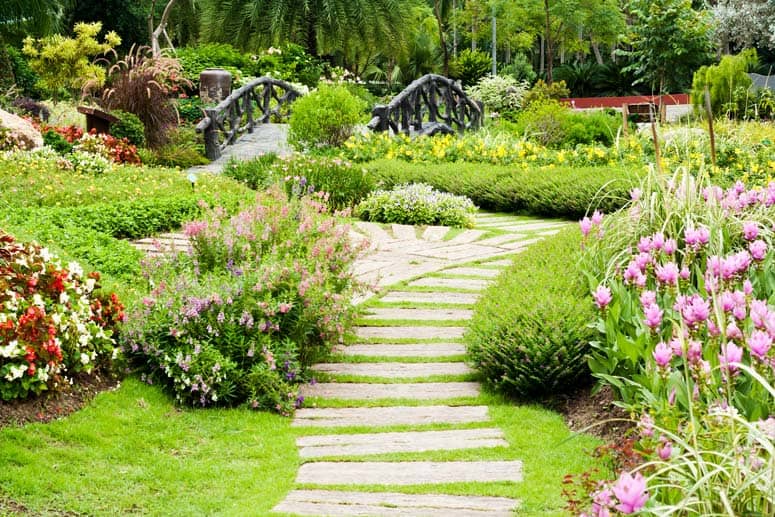
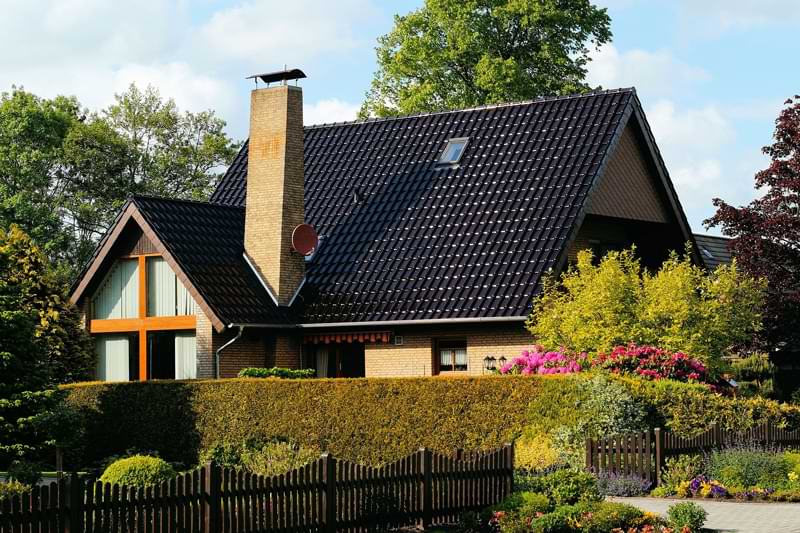
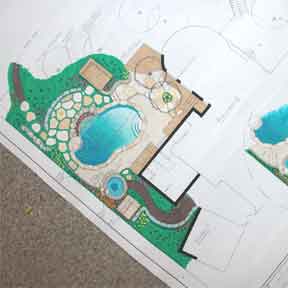
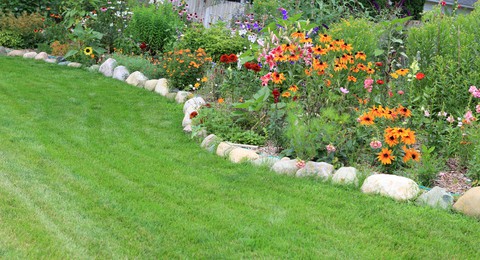
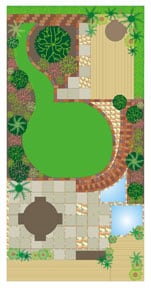
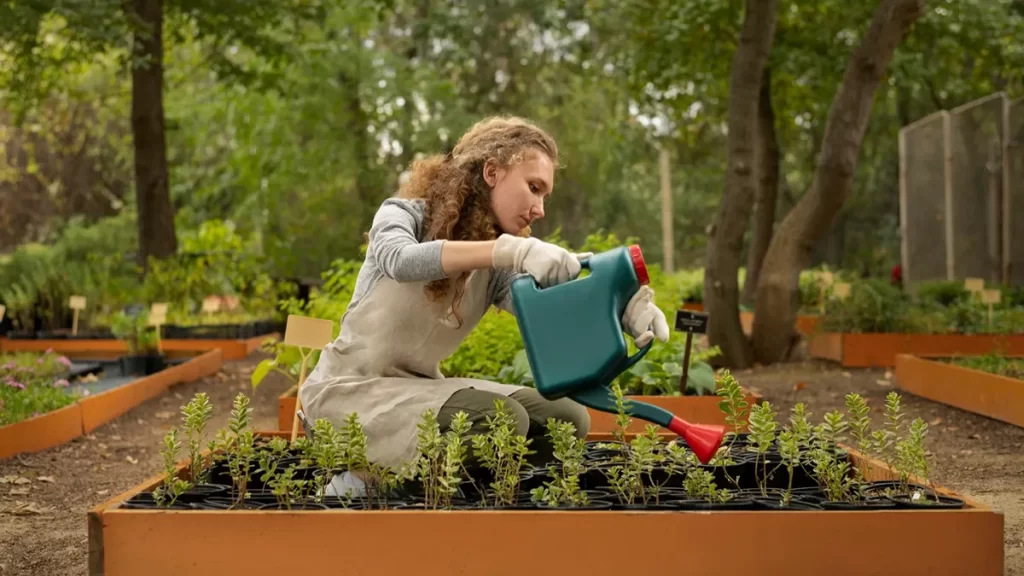
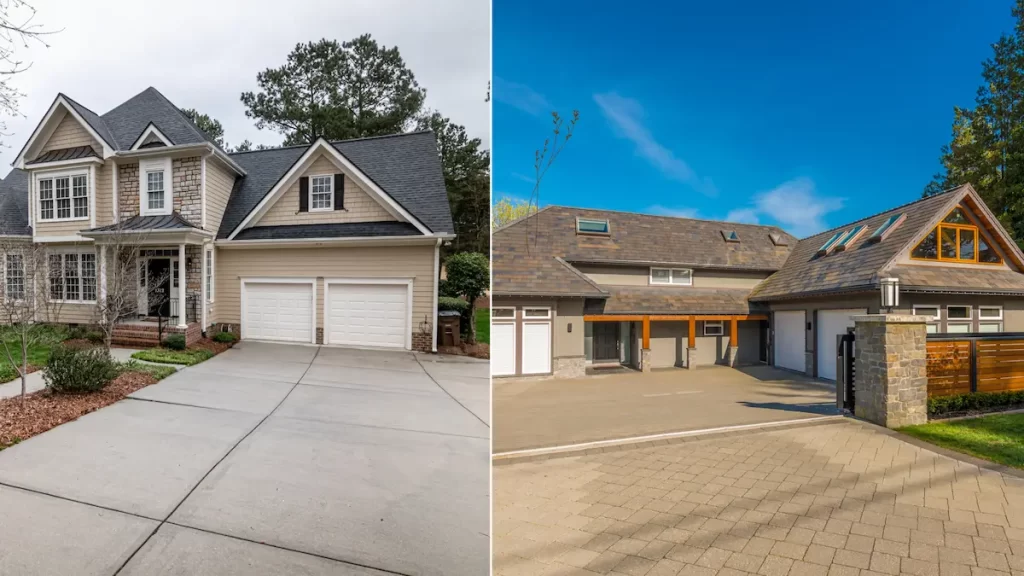
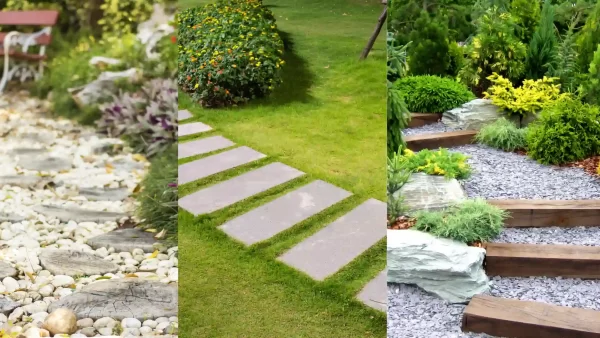

 Don Vandervort writes or edits every article at HomeTips. Don has:
Don Vandervort writes or edits every article at HomeTips. Don has:



